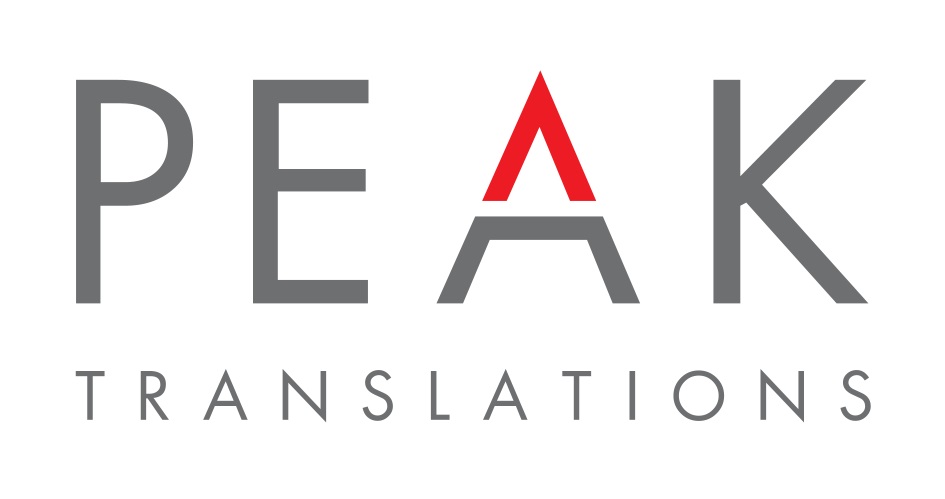 Add My Company
Add My Company
Ready to trade with new overseas markets?

As our relationship with countries in the EU and internationally changes, we are presented with more and more opportunities for growth.
When engaging with new markets, effective communication is key. It is not enough to simply translate your marketing material into your chosen language.
Six areas you may wish to consider in your market entry planning:
- Market demand
Is the size of territory large enough to justify your market entry cost? Is your type of product in demand, or do you need to sell the concept as much as the product? If so, that time lag needs to be factored into your sales projections.
Consider too what funding might be available or whether there are favourable trade deals in place with that country.
- Your product or service
Is your product or service aimed at the same market across borders? If not, how might this affect your marketing? Take the example of horse feed. Purchasers in the UK may well be riding schools but in the US, horse riding is as much a working way of life as it is a leisure activity. This impacts not only messaging and imagery but, at a more practical level, volume sizes which in turn impacts the size of bags and shipping.
- Your online presence
Alongside direct engagement through exhibitions or agents and distributors, it is likely that you will need an online presence.
It may not be necessary, in the early stages of market entry at least, to translate your entire website.
Translating one page only has two key benefits. Firstly, it keeps costs to a minimum whilst you assess market potential.
Secondly, and unlike using Google Translate, the page is permanent. So, providing your keywords are included in the right parts of your pages – such as in the meta titles and descriptions – your website will be crawled by search engines and will appear in enquirers’ search results.
- Impact of your target language on marketing material
The wealth and scale of markets in Asia and the Middle East make them attractive; but additional attention is needed when translating into languages so structurally different to English.
Arabic in particular, which reads right to left, impacts websites and typesetting across entire documents which need to be flipped from back to front.
- Practicalities of fulfilling sales
Whilst the same consumer rights may apply across the EU, have you factored in different buyer behaviour? The German market, for example, returns more goods bought online than any other EU market. UK suppliers therefore need to factor this into their stock, finances and logistics.
- Your brand name
Some letters in the modern English alphabet can be difficult to pronounce. Product names beginning with the letter ‘c’ can cause confusion in the Arabic language where they are pronounced either as a ‘s’ or ‘k’. In French, there is no ‘th’ sound and ‘v’ is pronounced as ‘b’ in Spanish.
Finally, don’t forget to research whether your product name has any negative connotations in your target language. Clairol’s German launch of its “Mist Stick” hair curler didn’t take into account that ‘mist’ in German happens to be slang for manure…
We’d love to help you navigate unfamiliar overseas markets. For an informal chat, contact a member of the Peak Translations team on E: projects@peak-translations.co.uk or T: 01663 732 074.
For more tips on entering a new overseas market, why not take a look at the first three blogs in our Market Entry series, Technology and its role in reaching overseas markets, Protection – how to safeguard your brand and product in overseas territories and Brands – what to consider when entering a new overseas market.
For more information on Ready to trade with new overseas markets? talk to Peak Translations Ltd

